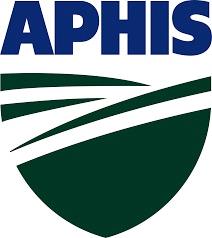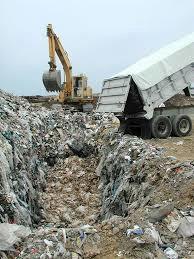 There have been 17 major outbreaks of H5N1 highly pathogenic avian influenza (HPAI) during the current the 2022 epornitic. These have involved large in-line egg production complexes extending from February 22nd through September 20th. Outbreaks on these farms required depopulation of close to 32 million hens at great expense to federal and state budgets, to producers and ultimately consumers.
There have been 17 major outbreaks of H5N1 highly pathogenic avian influenza (HPAI) during the current the 2022 epornitic. These have involved large in-line egg production complexes extending from February 22nd through September 20th. Outbreaks on these farms required depopulation of close to 32 million hens at great expense to federal and state budgets, to producers and ultimately consumers.
The USDA-APHIS has yet to publish data on either field or molecular epidemiology or provide preliminary guidance on risk factors associated with transmission and introduction of infection specifically for the 2022 epornitic. Presumably some cases might have been associated with defects in either structural or operational biosecurity. To date APHIS has not disclosed specific deficiencies leading to these early outbreaks that presumably were investigated.

The most recent case involved a complex with the highest level of biosecurity possible. Evaluation of the probable routes of infection disclosed that one week prior to the presumed day of infection, based on onset of mortality, acreage within 50 yards of the index house was cultivated creating a cloud of dust that was presumably entrained in air entering the house. The fact that two large complexes were infected within the same county on April 29th and June 2nd respectively suggests dissemination of HPAI virus in the area attributed to shedding by either migratory or domestic wild birds. Fresh droppings with viable virus could have been aerosolized and carried on dust particles from the disturbed soil in the field adjacent to the index house. This subjective explanation is based on a logical analysis of factors pertaining to the complex but would require both controlled and field evaluation to confirm an aerosol route of infection that has been implicated in previous outbreaks this year.
Given the circumstances of the most recent infection it is suggested that managers of farms should avoid disturbing soil within 50 yards of perimeter fences and to cease mowing between houses or within the lines of demarcation. Workers should don transit shoes or overshoes between biosecurity modules with a change to dedicated footware at the entry to each house on the complex. It stands to reason that impervious blacktop or concrete paths and parking areas should surround houses and be regarded as potentially contaminated. Enhanced biosecurity precautions with respect to footware should extend to drivers of feed delivery and service vehicles.
About 20 million hens ago EGG-NEWS urged APHIS to analyze data and provide recommendations to prevent infection based on preliminary epidemiological investigations from the first seven outbreaks extending through the beginning of April 2022 but to no avail. APHIS needs to acquire and analyze data relating to:-
- Prevalence of shedding in domestic wild birds and susceptible mammals since surveys have concentrated on migratory hunter-killed waterfowl
- Persistence of HPAI virus on soil and impervious surfaces
- Correlation of the genome sequence of isolates among outbreaks linked by locality and time with virus obtained from presumed wild bird and mammalian reservoirs
- Using controlled trials to determine the transmissibility of virus by the aerosol route on entrained dust
- Establish the recovery rate of virus from air exhausted from houses with infected flocks at distances under a variety of weather conditions. There is available literature on dissemination of Newcastle virus by wind during the U.K Essex outbreak in 1972. A modern multi-level aviary house with 300,000 hens can displace up to 1.8 million cubic feet per minute at maximum ventilation capacity
APHIS in collaboration with state departments of agriculture has attained proficiency in rapidly diagnosing HPAI and depopulating farms and complexes. This is a reactionary strategy although necessary. What is now required is an understanding of how HPAI is introduced into egg production complexes and turkey growing farms and why the broiler sector has been disproportionately unaffected. Persisting with the same programs that were applied in Pennsylvania in 1985, the 1995 epornitic and the current outbreak without defining and publicizing risk factors represents an inconsistency with the purpose of the Agency. The industry needs to have the findings of epidemiologic investigations to modify biosecurity and preventive modalities.
Attempting to “stamp out” what is emerging as an endemic disease is a futile and progressively unproductive and expensive exercise. At what point and at what cost do we transition to the introduction of vaccines in conjunction with depopulation? But that is the subject of a different and subsequent editorial.